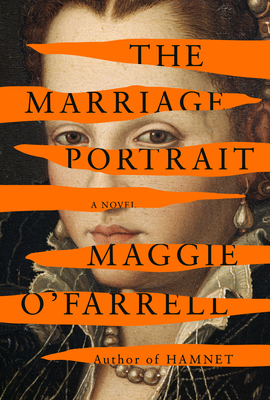
In Maggie O’Farrell’s The Marriage Portrait, the historical backdrop of Renaissance Italy leaps off the page, bringing us the tale of Lucrezia de’ Medici, third daughter of Cosimo de’ Medici, Grand Duke of Tuscany—a figure shrouded in obscurity and tragedy.
O’Farrell paints a vivid picture of young Lucrezia, who much prefers the strokes of her paintbrush and exploring the Palazzo over the harsh expectations of nobility. Lucrezia’s life takes a sharp turn at 12 when she’s promised to Alfonso d’Este, Duke of Ferrara—her deceased sister’s once-intended.
Once she enters the duke’s world at age 15, Lucrezia faces the challenge of threading her way through the intricate politics of her new home—a place where her worth hinges on her ability to bear a son. Alfonso himself is a riddle—sometimes showing kindness, other times distant and cruel. This push and pull creates an interesting dynamic, stirring empathy for Lucrezia as she navigates her new life.
A year after moving to his home, Lucrezia is dead. What really happened to her is a mystery. Officially, she died of pulmonary tuberculosis, but rumors have circulated for centuries that her husband poisoned her. That suspicion inspired the English poet Robert Browning’s poem “My Last Duchess” in 1842.
O’Farrell is a master of atmosphere. Just like in Hamnet, her writing is a tapestry of historical detail and emotion. However, the pacing slows at points, and the restrained use of dialogue sometimes makes the narrative feel a bit too quiet. She develops tension (and some confusion) with a dual timeframe, opening in 1561 when Lucrezia is sure Alfonso wants to kill her, then circling back to depict her childhood in Florence.
The Marriage Portrait may not eclipse the triumph of Hamnet, but it’s a story rich in detail, emotional depth, and a whisper of mystery. A solid 4 stars.
** Thanks to the publisher for a comp of this book. The opinions are my own.